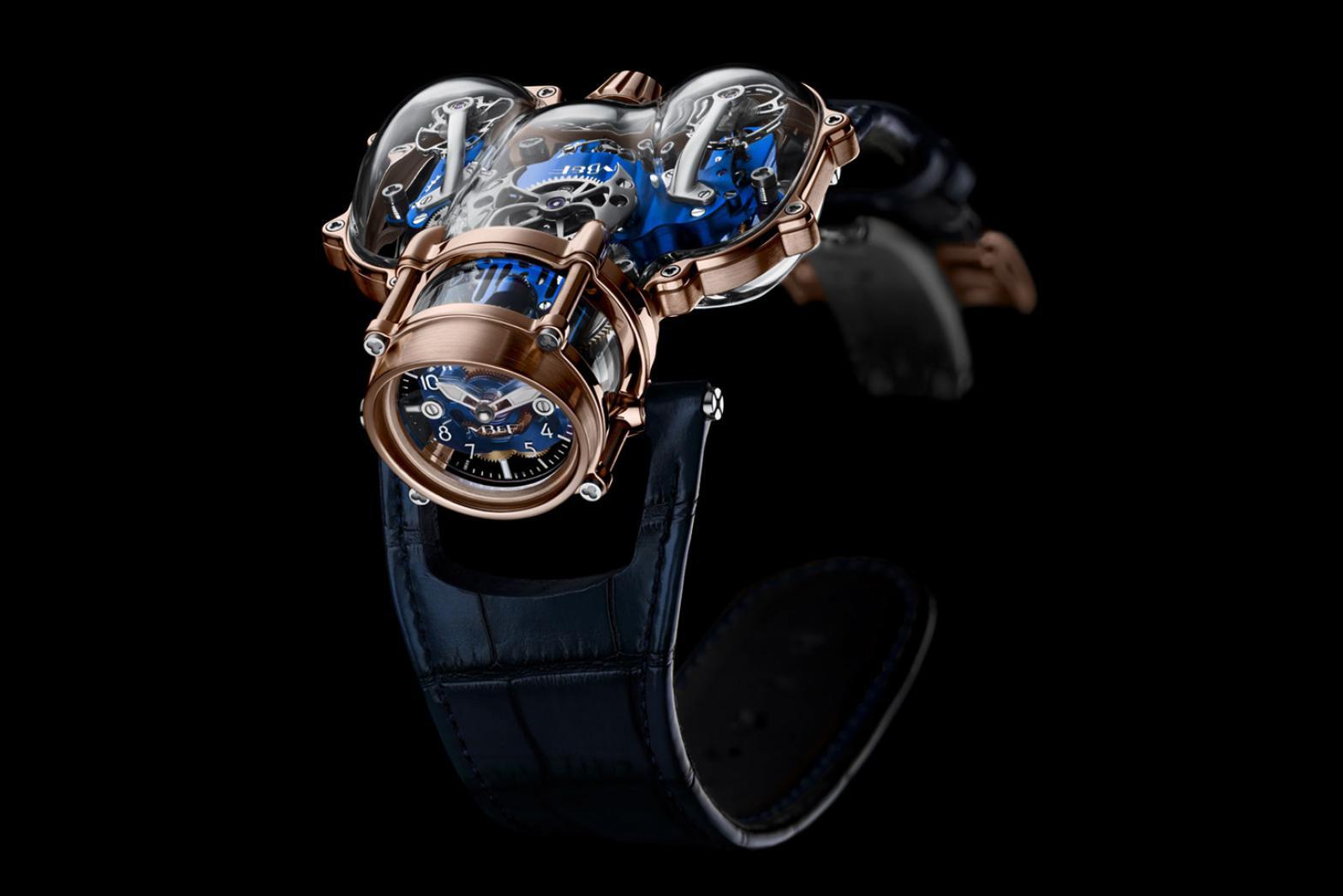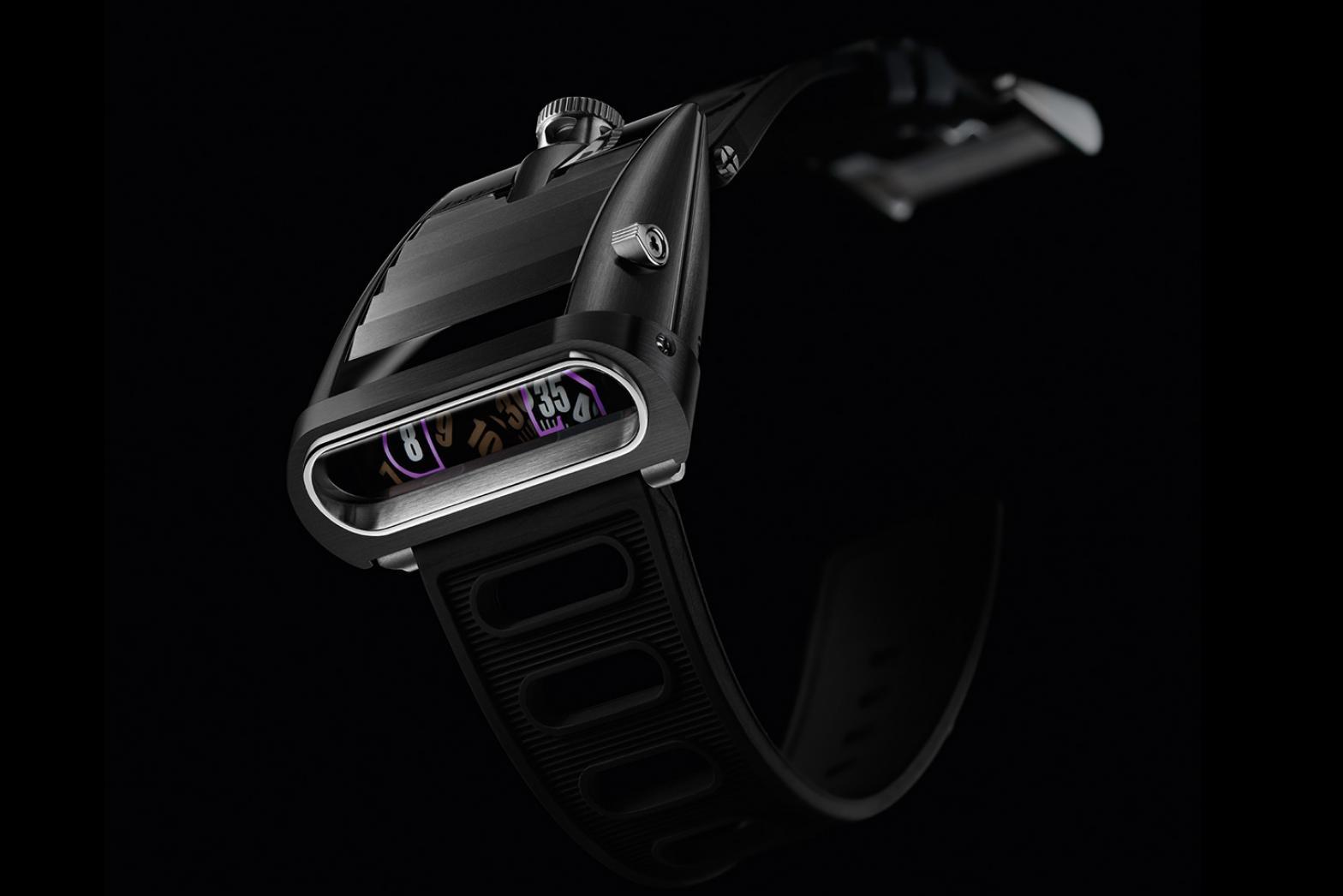In this instalment of our fundamentals-focused series, we take a protractor to circles, squares and even those hybrid geometries which have inspired the shape of watches across the years
Chances are – but don’t quote me on this – that if you were to ask 100 randomly selected passersby to paint you a picture of a wristwatch, at least 50 would begin with something in the ballpark of a circle. It’s a motif that has been folded indelibly into the iconography of watchmaking for quite some time, and with good reason. Consider, if you will, any number of the quintessential building blocks in a mechanical wristwatch: gear train, mainspring, chaton, rotor. For over a century, the vast majority of those parts were circular and concentric; so it seemed only logical that the external shell housing them should adopt a similarly complementary curvature. Not for nothing, in the days prior to computer-aided manufacturing, it was also a helluva lot easier to produce roundly shaped cases that were resistant to water, dust, and other environmental perils.
The round watch’s preeminence speaks to industry-wide adherence for that most classic pearl of wisdom – “form follows function”. And yet, on a number of occasions, brands (and the watchmakers who shape their destinies) have repeatedly wandered off the enclosed curve: a clunky metaphor for all the interesting, non-circular shapes watch cases have been twisted into over the last century. Between the myriad, individually collectible riffs on the Cartier Tank to the notoriously ergonomic tonneau of Richard Mille, you’re about to discover firsthand that watches really do come in all shapes and sizes.
'Round the World
A logical place to begin our discussion about iconic watchmaking shapes, round watches account for the vast majority of what you’ll see in the wild, at boutiques, and when you attend your local get-together. Very much a self-explanatory kinda category, it’s no surprise that this shape accounts for many of the most ubiquitous watch designs of all time. In no particular order: multiple ‘professional’ series of Rolex sports watches (i.e. Explorers and the GMT-II), Patek Philippe’s enduring ‘Calatrava’ collection, and even outwardly avant-garde creations such as the De Bethune DB28.

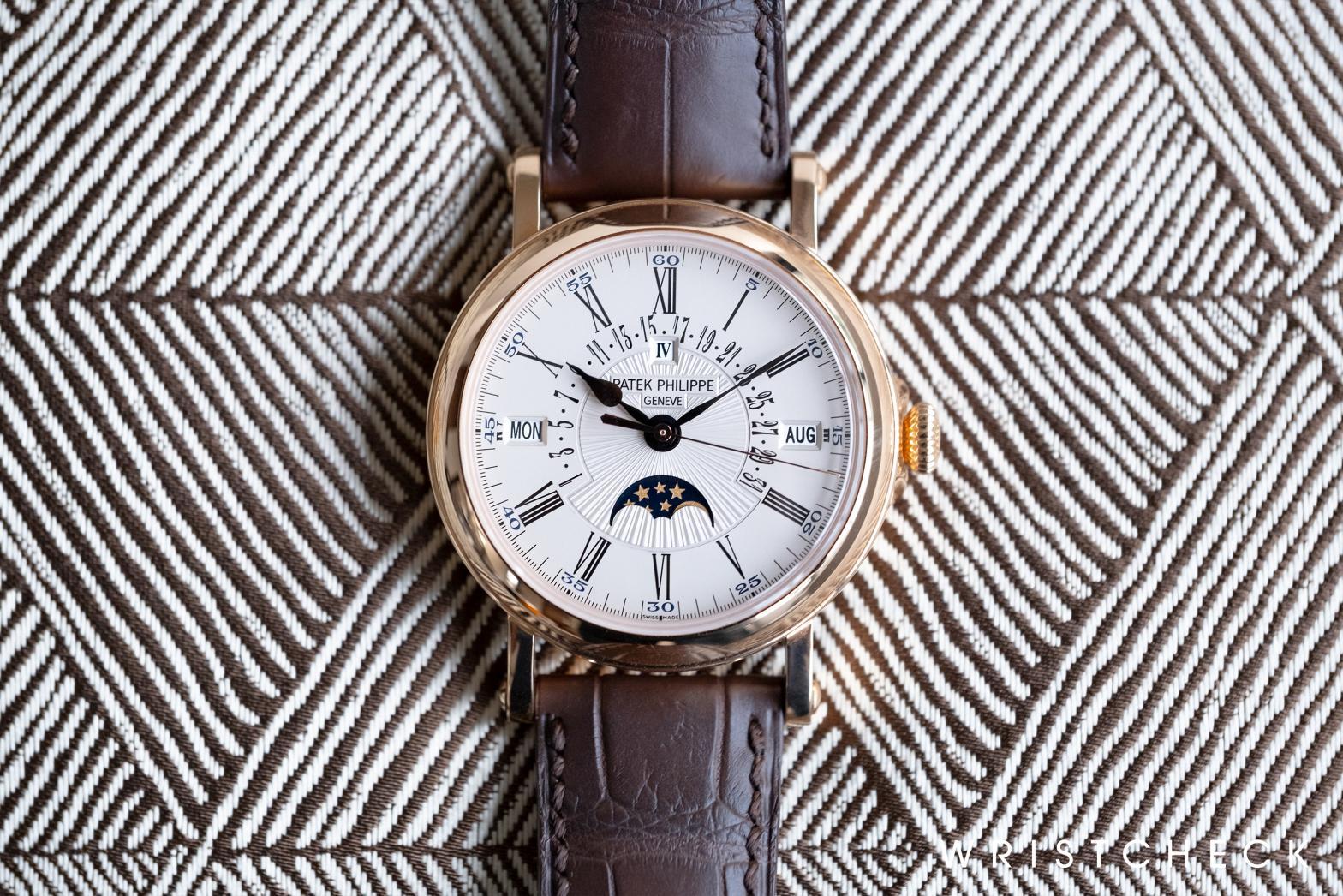

In addition, the symmetry and ordered visual sensibility of round cases make them an ideal foundation for complicated watchmaking. Because the total amount of usable surface area is maximised in a shape without any corners, you’ll often see watches with information-dense displays (think chronographs, perpetual calendars or a hybrid of the two) that utilise round cases.
Tanks and Other Rectangles
Almost certainly the second most populous category of watchmaking shape, rectangular timepieces (and their many brand-specific derivations) have played a key role in the progression of watch designs since the early 1900s. By far less common than their roundly shaped brethren, the creation of these watches frequently ran concomitant with breakthroughs in technology and the rise of international artistic movements like the Avant-Garde.
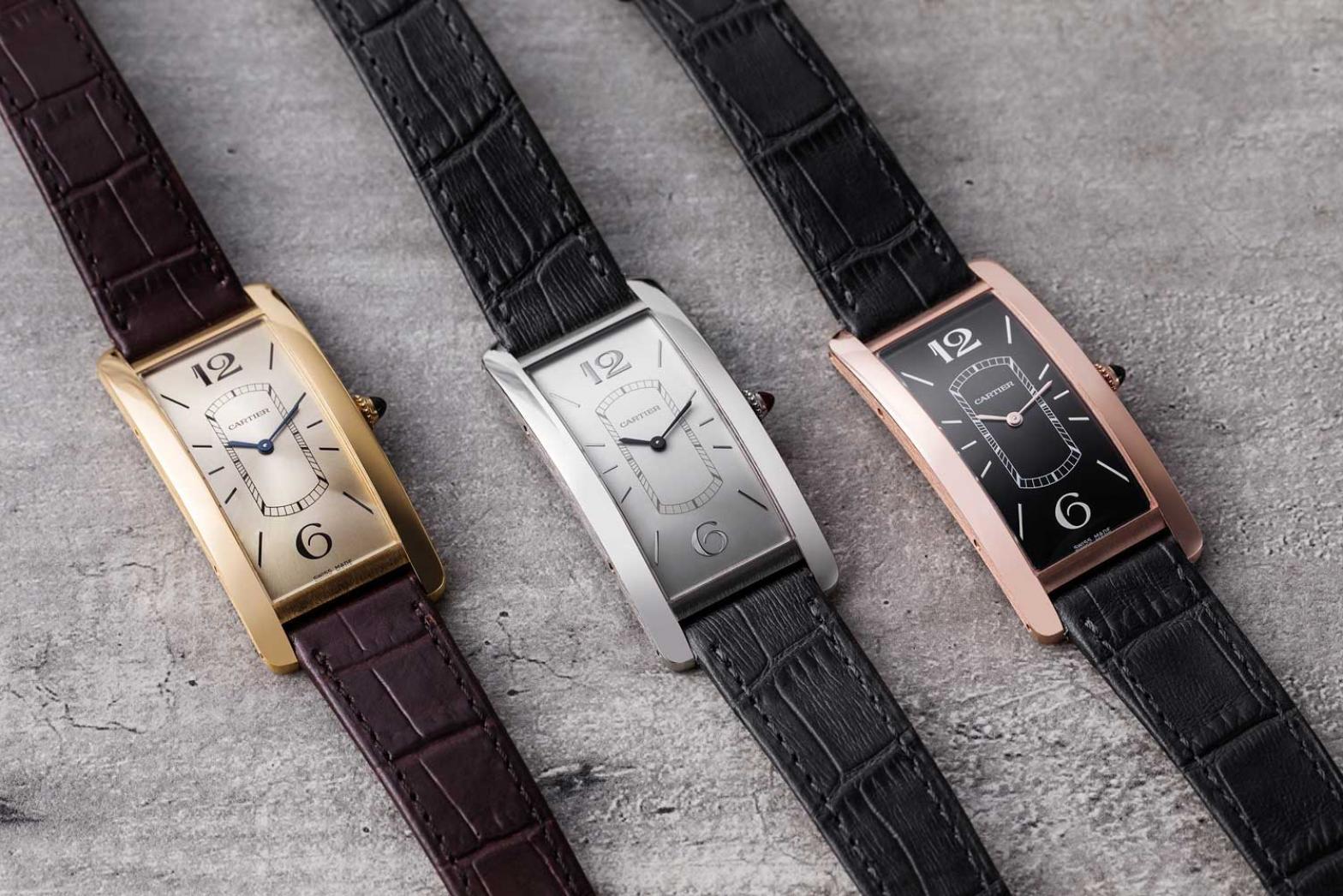
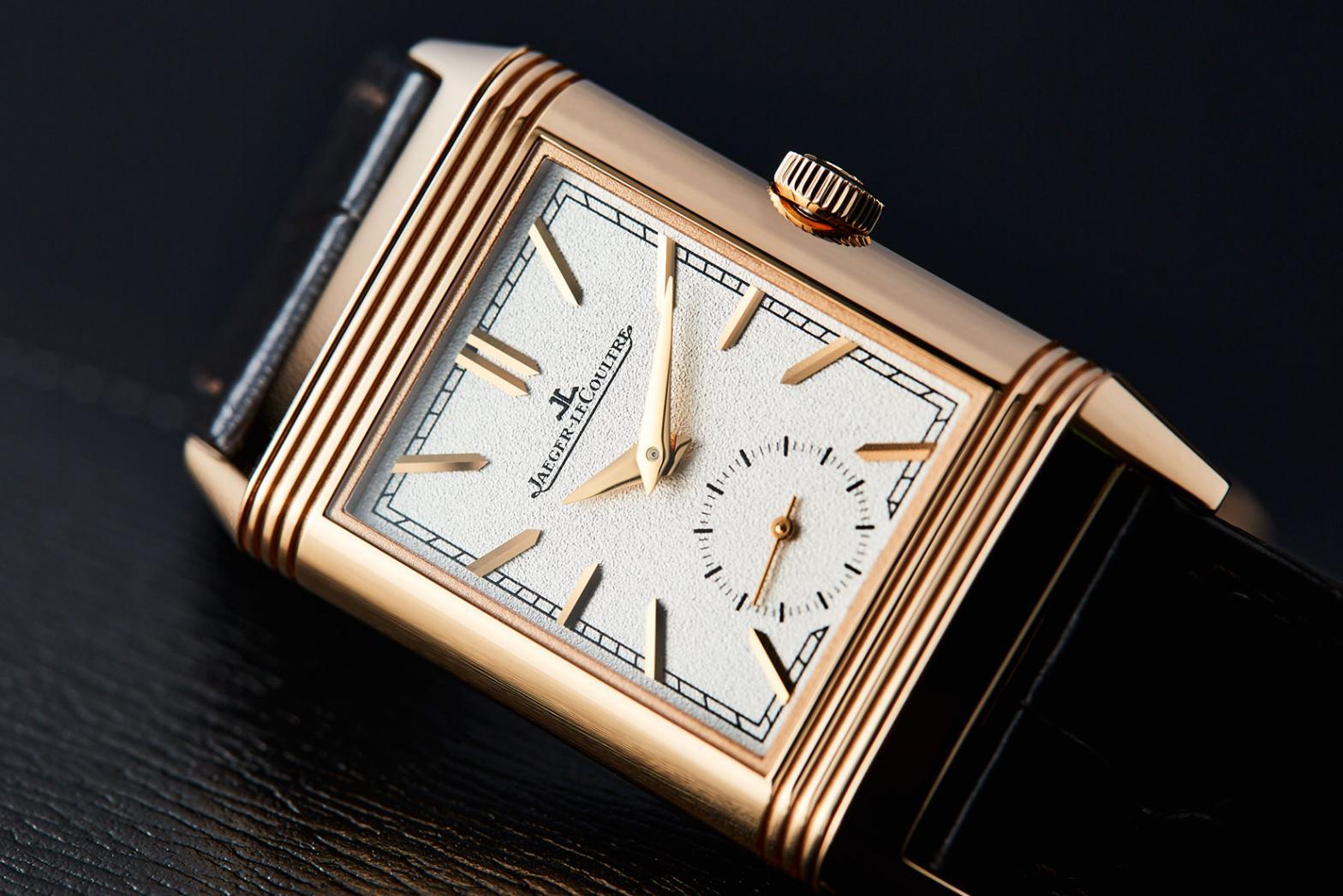
Unsurprisingly, the rectangular design which has exerted the most influence over watch culture continuously is the Cartier Tank – the original incarnation of which was released in 1917, amidst the turbulent geopolitical landscape of WWI. Inspired by the then-revolutionary shape of hulking Renault tanks being deployed by the Allied Powers across Europe, Louis Cartier conceived a rectangular case shape that would eventually become the basis for some of the brand’s most covetable designs: including the Americaine, Cintrée, and Normale. Cartier notwithstanding, other honourable mentions include Jaeger-LeCoultre’s Reverso and a number of Patek Philippe references (e.g. the Ref. 5124G) from the ‘Gondolo’ collection.
Hip to be Square
Another defining style of shape for watchmakers during the mid-20th century, almost every brand with an avowed knack for time-only dress watches – Audemars Piguet, Vacheron Constantin, Piaget – has, at some point, had a crack at square cases. Although the tradition of square casemaking is closely associated with thin time-only watches in precious metal, brands specialising in sporting activities would go on to experiment with this shape at various phases during the 1970s.
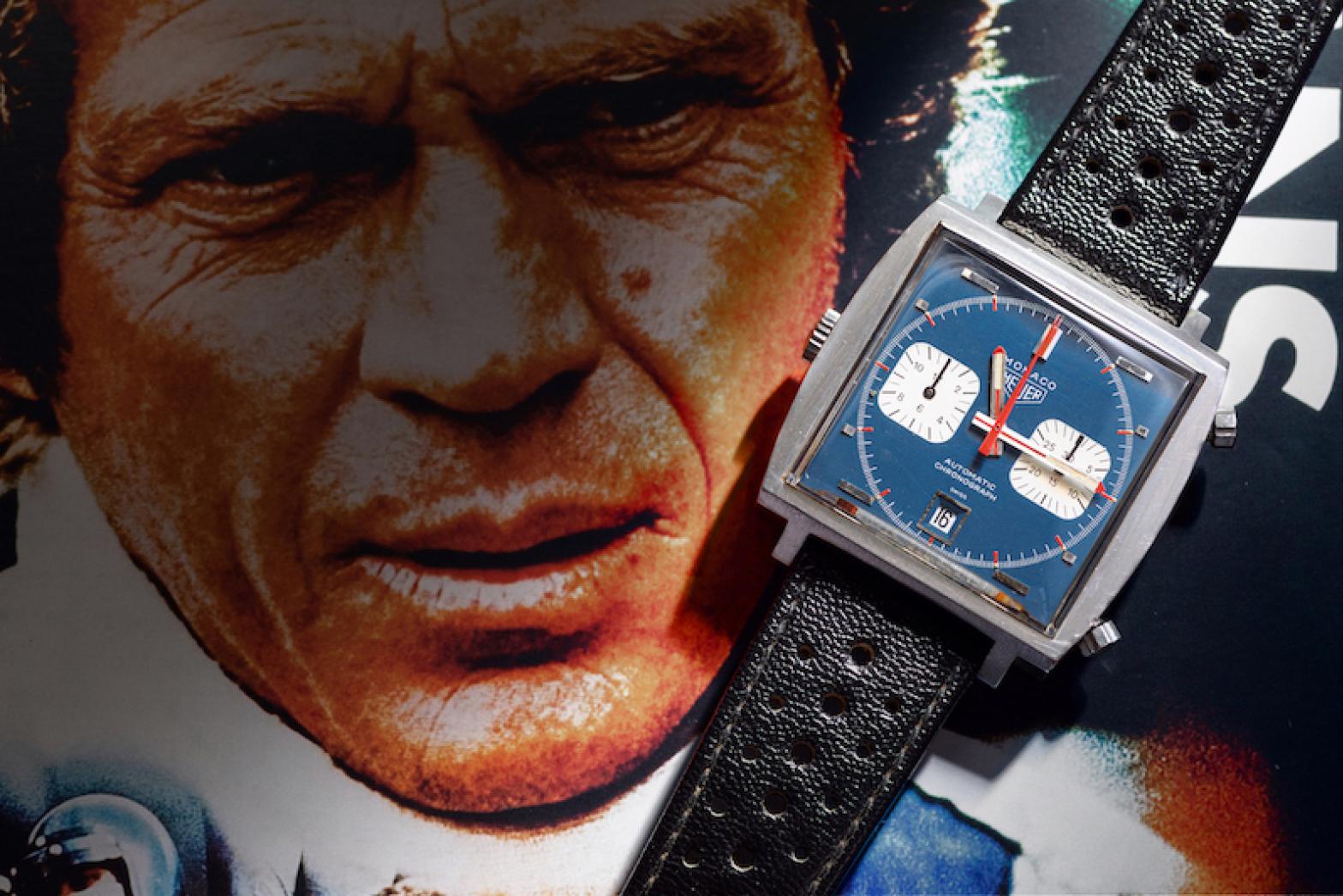
In order to distinguish itself from the vast glut of brands producing round-cased chronographs, in 1969 Heuer debuted the Monaco – a self-winding racer’s watch that would be immortalised just two years later in the Steve McQueen sports drama Le Mans. Although the Monaco’s original calibre 11 movement has been the subject of much adulation (and rightfully so), its brutish square case – crafted for Heuer by celebrated casemaker Ervin Piquerez – eventually became its most recognisable feature, signalling a deviation away from the previous generation of dressier, more diminutively sized chronographs.
"Grab a Cushion"
Widely characterised as being square with ‘rounded off corners’, cushion-shaped watches are yet another oddity of the 20th century: combining the symmetry and legibility of the traditional round case with the sharp, angular lines of a four-sided polygon. Over the years, a variety of brands like Omega and Grand Seiko have opted to dress the cushion case up; although, its greatest ambassador is still (invariably) the original Panerai Radiomir.

Commissioned by the Royal Italian Navy and delivered to the force’s divers in 1936, the first Radiomir – named for the luminous material that adorned its dial – was a beast of a diving watch, intended primarily for underwater military use. The cushion case, composed of multiple, individually sealed parts, demonstrated superior water resistance and remains, till this day, a big part of Panerai’s characteristic ‘action hero’ aesthetic. Although frequently conflated with the tonneau (see the paragraph below), cushion cases are a separate, if somewhat similar category of shape.
A ‘Tonneau’ Fun
Translated literally from the French for ‘barrel’, the tonneau is easily one of watchmaking’s most emblematic case shapes. Put simply, it includes any wristwatch that has a broadly rectangular profile, with the distinguishing characteristic being convex sides, often with the addition of rounded corners. In contrast to jewellery and industrial design – where the geometric form language of squares and rectangles is well-known – the tonneau is uniquely tied up in horological design, having given us some of the enduring icons of the 20th century.
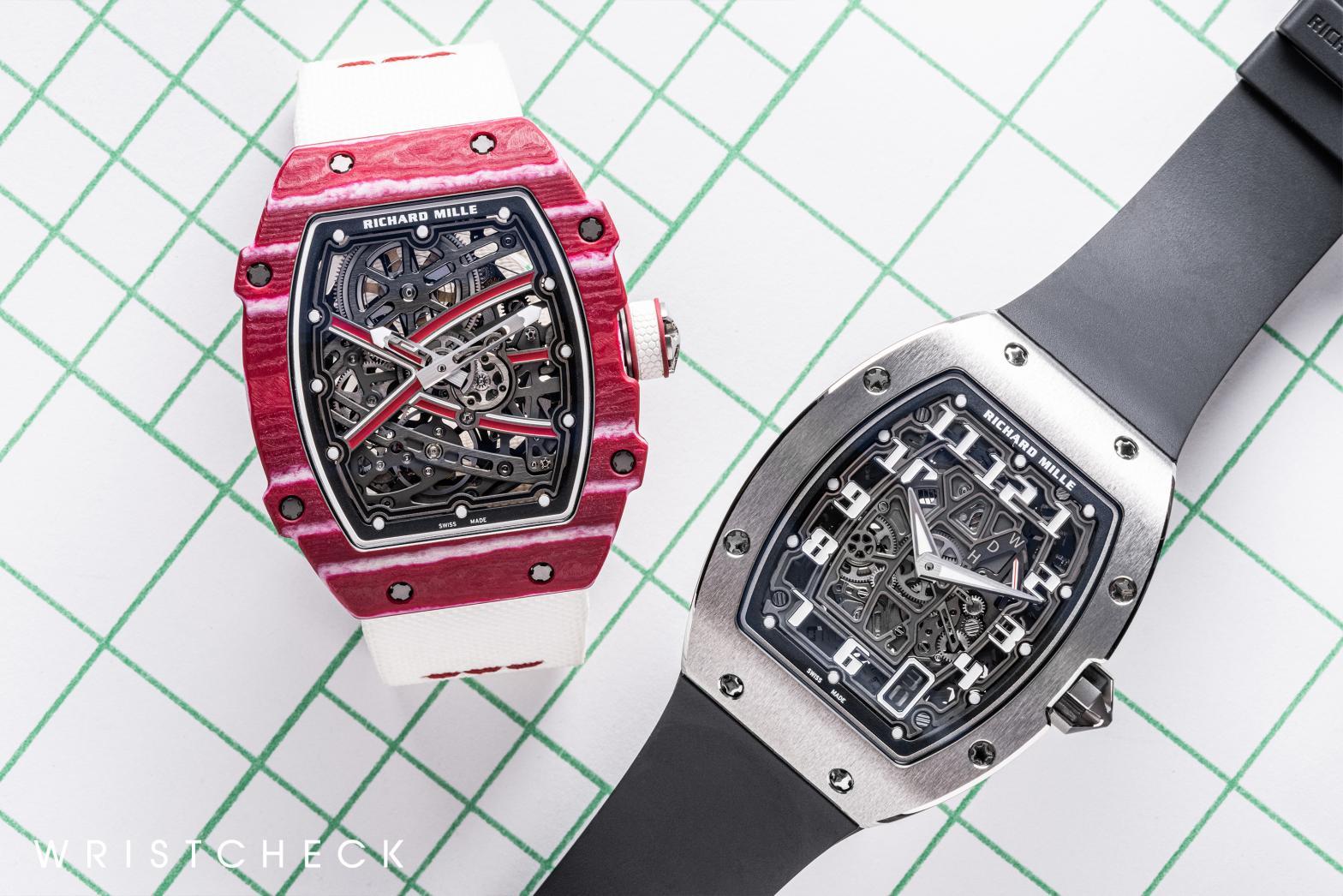


Needless to say, here at Wristcheck we’re big fans of the tonneau and the way in which this idiosyncratic shape adapts itself to the peculiarities of different aesthetic styles. In the guise of technical watches like the Richard Mille RM 67-01, the shape appears lean and industrial; yet it’s also an extremely effective foundation for watch designs emphasising the shape and finish of the bezel. By far the most influential of these is the Royal Oak, released by Audemars Piguet in 1972. Even today, the signature feature of this archetypal luxury sports watch remains its octagonal bezel: a handsome combination of satin-brushed and mirror-polished finishes, studded (in an ode to antique diving helmets) with 8 exposed screws. This aspect of the Royal Oak’s design language has proven so impactful, in no small part, because of the surrounding tonneau shape. The case is an excellent framing device for the sharp, geometric edges of the bezel; and merges seamlessly into the bracelet without the visual interruption we’d associate with separately attached lugs.


Asymmetry and the Avant-Garde
Unsurprisingly, over the decades there have been a robust number of watch designs which don’t fit neatly into either a geometric or circular space. Something of a two-part category, the first asymmetrical watches may be traced back to at least the mid-20th century, with silhouettes like the Cartier Crash continuing to exert profound influence on collectors today who have a penchant for design that is intriguing and iconoclastic (if LUMBERJACK is to be believed, Tyler the Creator is a fan).

In the realm of ‘avant-garde’ watchmaking, there are precious few collectives as routinely mad-cap (nor as consistently successful) as MB&F. Most pertinently, the brand’s ‘Horological Machine’ collection explores the notion of what is possible when one infuses complicated watchmaking with the whimsy of childhood. Mind you, these designs aren’t necessarily asymmetric, but they’re also the farthest thing from ‘conventional’: showing off shapes that are inspired by boyhood obsessions ranging from 70s-era supercars (the HM5) to early turbojet engines (the HM9).
